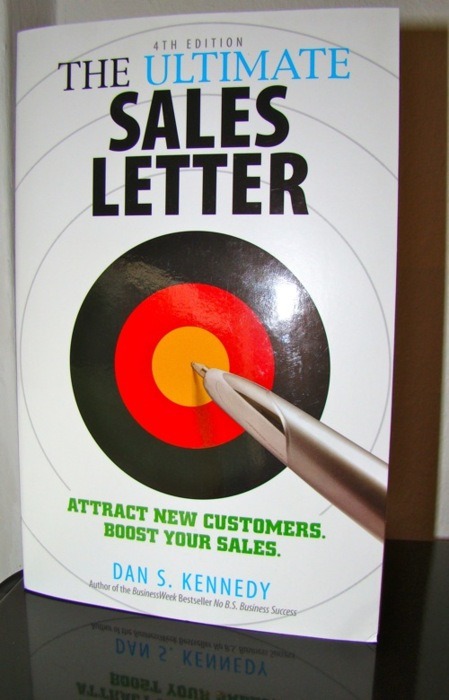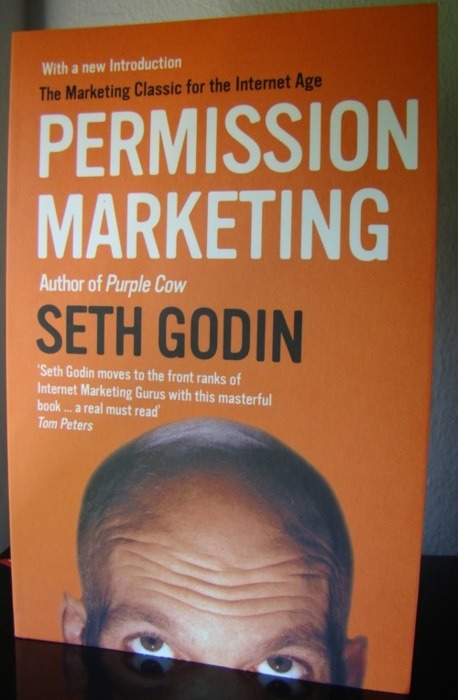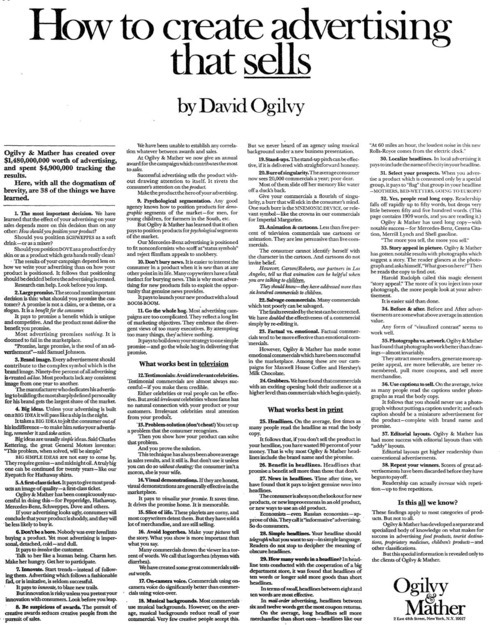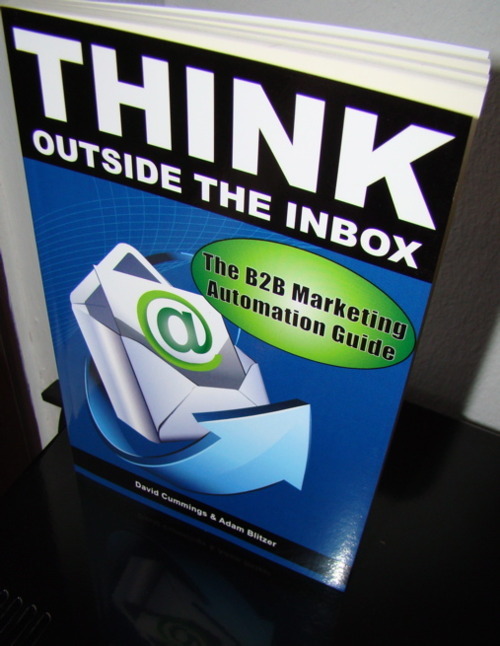
What is it about?
Why should you bother learning about sales letters if you have an online business? Because there’s still text to write. Dan S. Kennedy shows the fundamentals about writing a good sales letter.
What can I learn?
Learn about your customer: The first and foremost thing is learning about your customer. You can only address your prospects if you know what they want and what there problems are. An easy way is to read things they read. Ads, websites, magazines, etc.
Use proven swipes: Swipes are text snippets from other ads. Some examples of proven swipes are “How to X in Y days”, “Are you Z?”, etc. They are proven, they work. Use them and save time and money.
Argument against Objections: If you read the last review you’ll know that direct marketing is salesmanship-in-print. Therefore you must address the reader’s objections. Why should I buy your product instead of competitor X’s? Why should I spend $25 dollars on a paid-solution instead of the free one? The best method to discover these questions is to try to sell your product in person.
Conclusion
The Ultimate Sales Letter is a nice book. However, if you compare it to Commonsense Direct & Digital Marketing it’s clearly inferior. What’s really bothering me is that Dan Kennedy tries to sell his services and products of other peoples in this book. This is bad, ruins his credibility and worsens the book fundamentally.



